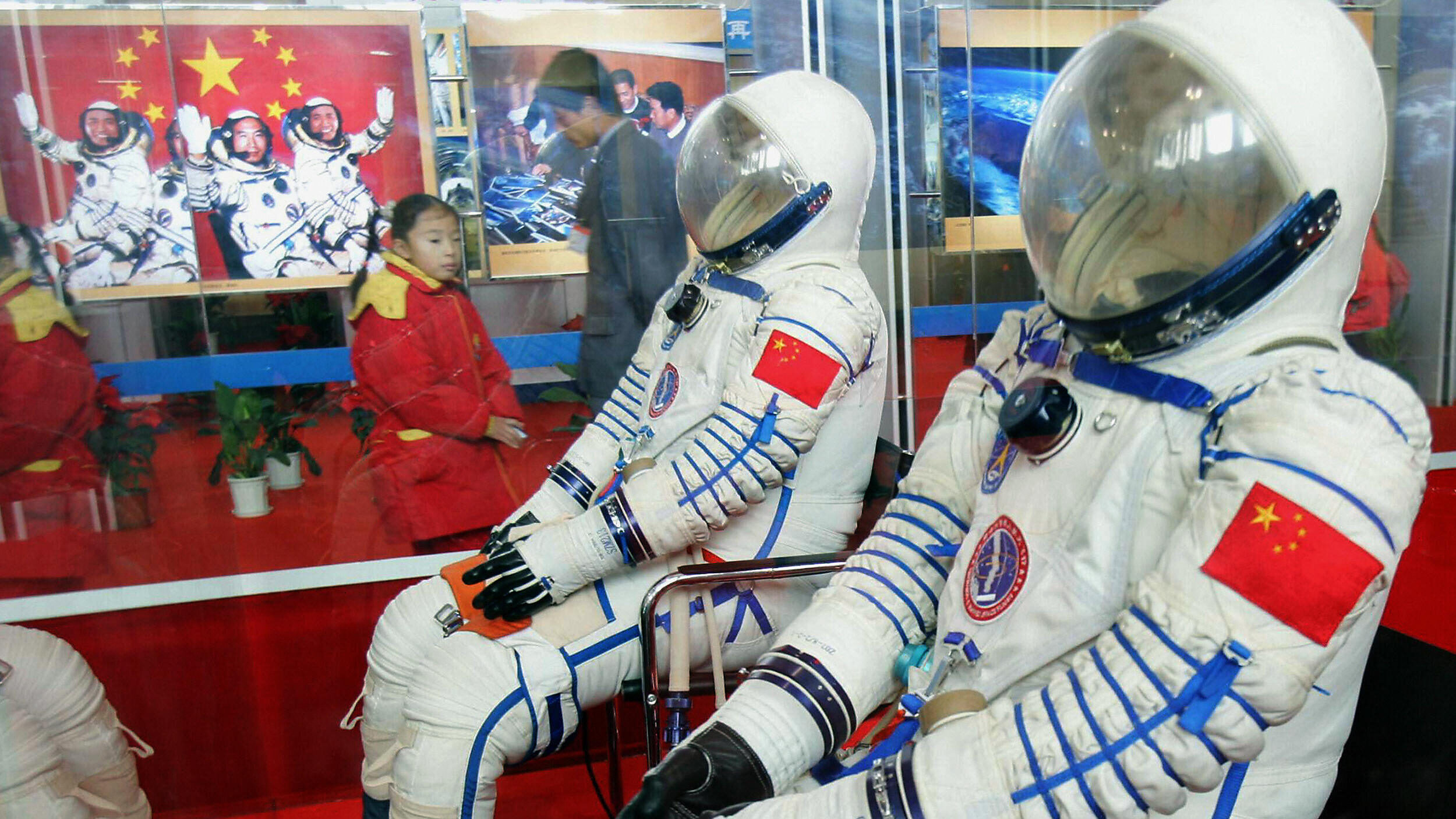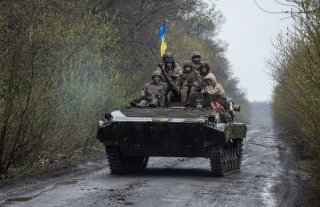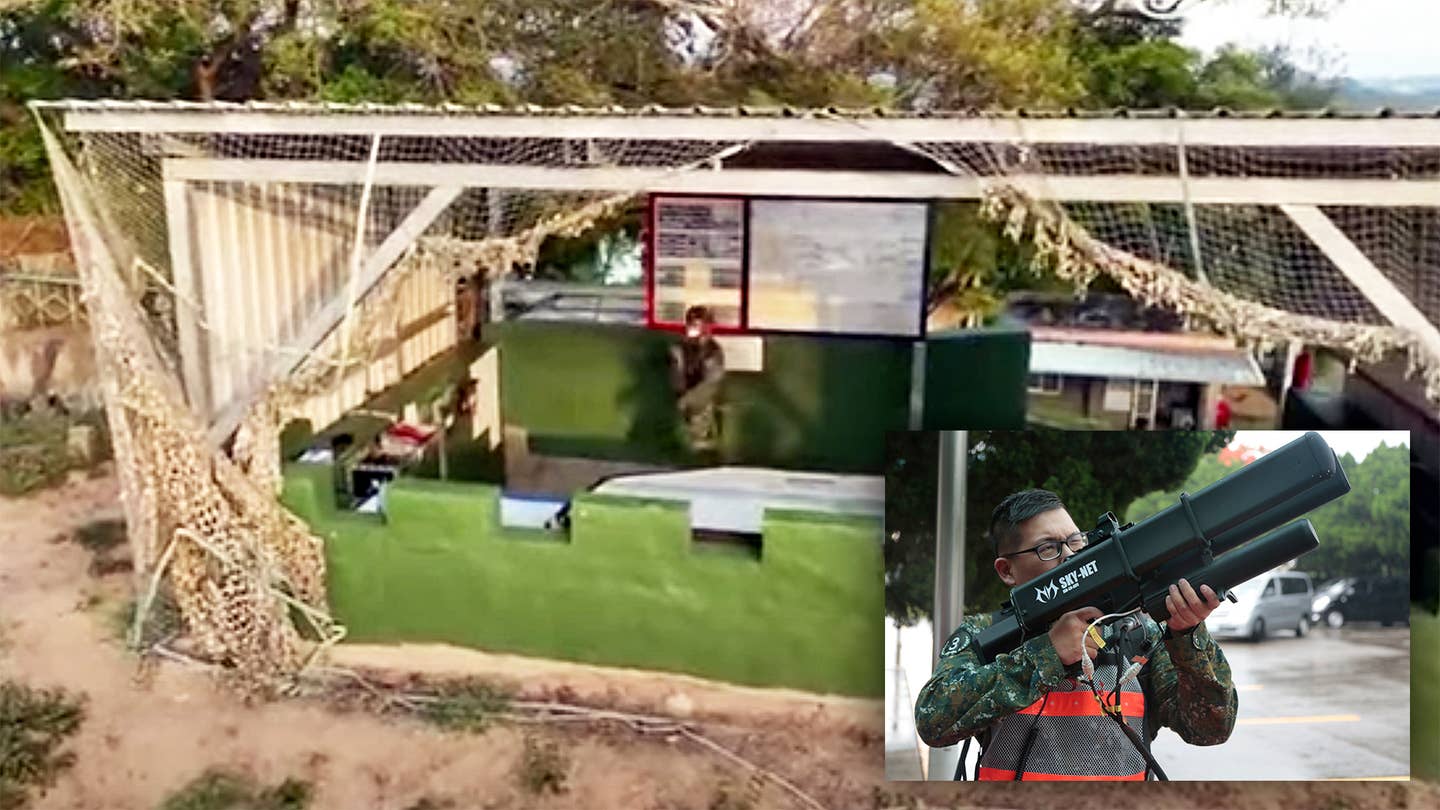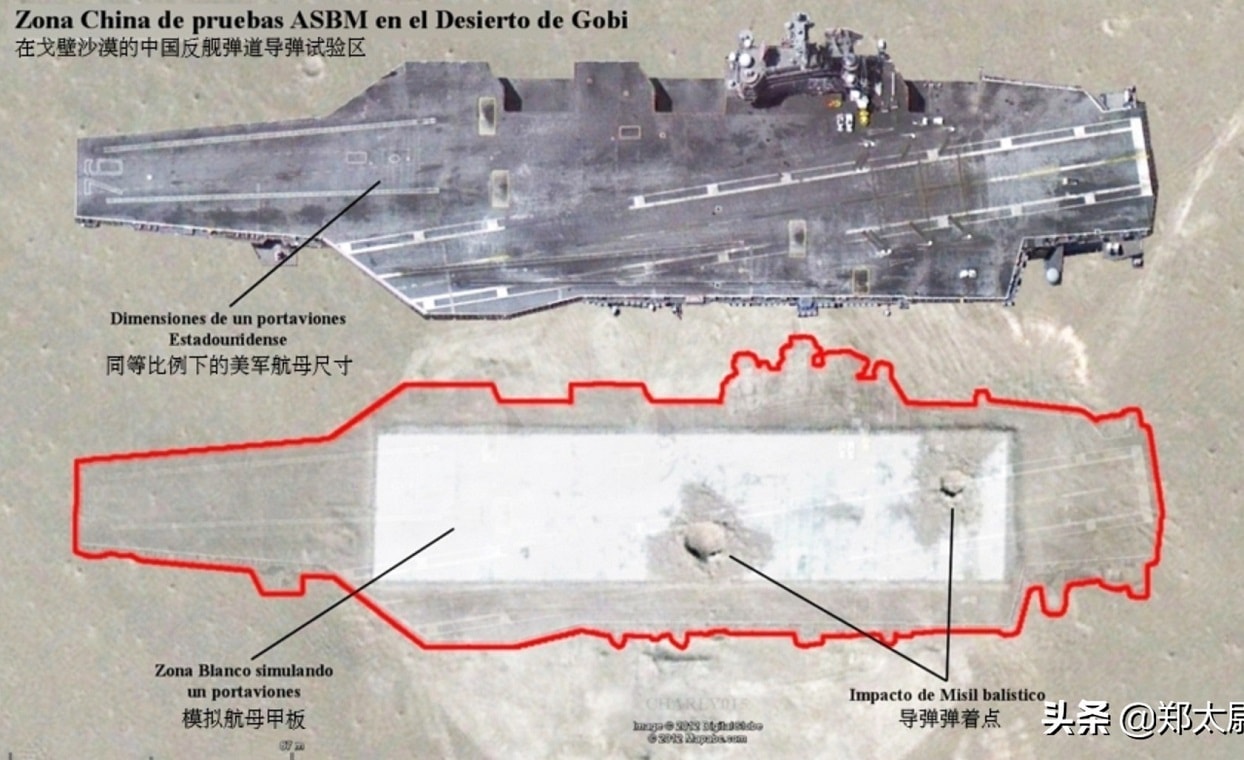Michael D. Swaine
Introduction
Most of Washington and a significant section of the American public have now come to view the People’s Republic of China (PRC) as a dire threat in virtually all relevant domains: political, economic, technological, military, and social. Indeed, the world is now viewed in Washington as being primarily defined by a new era of “great power competition” between the United States and China or a larger values-based and threat-laden struggle between “democracy and authoritarianism” represented by those two countries.
This Manichean framing of global politics and strategies is being driven further by the Russia-Ukraine war, which is used by some to link Russia to China even more deeply (given Beijing’s rhetorical support for Russia in the conflict), thereby supposedly resulting in an even more threatening autocratic challenge to peace and order.1 As a result, the perceived threats in each of the above domains are in almost every case being defined in zero-sum terms, usually based on dire estimates of current and projected Chinese capabilities and intentions to do harm. And such threat perceptions are often made worse by references to the supposedly predatory and hostile nature of the Chinese political system and the ideology of the PRC regime.
In various ways, Beijing is thus seen as a vaguely defined existential threat, a rapidly growing military and economic power bent on global domination through predatory trade and investment practices and/or armed coercion, a burgeoning high-tech superpower determined to control the key drivers of growth, a hostile opponent of the existing so-called rules-based international order, and a pernicious threat to democratic societies from within.2 Moreover, in many instances, the alarm over such supposed threats is magnified by the claim that Washington had been essentially asleep at the wheel until recently as China worked to undermine the U.S. and democratic societies, or, alternatively, that Beijing has become hugely more threatening under the recent, more aggressive, and repressive leadership of Xi Jinping.3
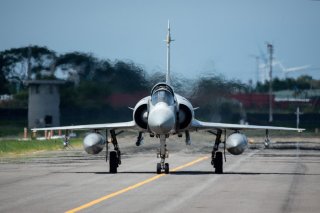
:quality(100)/cloudfront-us-east-1.images.arcpublishing.com/thesummit/APNSZY5K4ZGPZJ37Q3SBFUDYTA.jpg)
